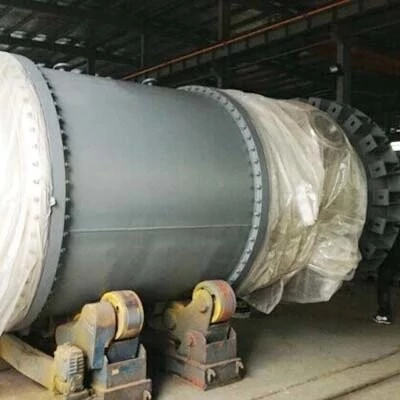Titanium for Pressure Vessels: Properties, Welding and Processing

Titanium is a good material for manufacturing pressure vessels. Titanium stands out for its exceptional properties, including a low specific gravity (4.5), remarkable strength, and impressive resistance to extreme temperatures, crack formation, and corrosion, particularly in wet chlorine gas environments. The mechanical attributes and welding characteristics of titanium are intricately tied to its purity, with higher purity levels enhancing overall performance. Conversely, lower purity levels may compromise the plasticity and toughness of the material.
It's crucial to note that titanium exhibits heightened activity above 300 °C, and its susceptibility to absorbing hydrogen, oxygen, and nitrogen atoms at elevated temperatures can render the material brittle.
Welding Operations for Titanium Pressure Vessels
When engaging in welding operations for titanium pressure vessels, a systematic approach is imperative for optimal results:
- Cleaning Before Welding: Utilize a roller machine to carefully groove the surface, employing a wire brush to polish away scale, grease, burrs, and dust within 25 mm on both sides. Finish by wiping with acetone or ethanol for thorough cleanliness.
- Welding Protection: During welding, shield the top and underside with dedicated shields, ensuring close coordination between the protector and the welder. It's essential to wait until the weld has adequately cooled before releasing the protection. Special attention is warranted for back protection, especially in the case of single-sided welding or double-sided molding.
- Welding Technique: Maintain a 3-5mm clearance for effective arc pit formation during welding. Lower the tungsten electrode of the torch, ensuring continuity and stability while observing the depth of the welding pool and the flow of soldering liquid. Adherence to regulated current levels is crucial, with overcurrent strictly prohibited. Post-welding, allow for a designated cooling time between welds to mitigate the risk of crack embrittlement. The welding area should be dry, dust-free, and with a wind speed below 2 m/s to prevent unstable arcs.
Processing Titanium Pressure Vessel Material
Processing the material for titanium pressure vessels involves meticulous steps to ensure optimal toughness, strength, and flexibility:
1. Material Preparation: Each titanium plate must be meticulously adjusted, with a focus on size reduction and elimination of scraps after cutting. Consider using a shearing machine for plate cutting to avoid gas cutting.
2. Cutting and Grooving: After cutting the plate, use a chamfering machine to punch the groove. During the initial forming of the coiling machine, ensure that the weld seam is concave inside, providing convenience for subsequent forming.
2. Cutting and Grooving: After cutting the plate, use a chamfering machine to punch the groove. During the initial forming of the coiling machine, ensure that the weld seam is concave inside, providing convenience for subsequent forming.
Titanium Plate Maintenance and Processing
Additionally, maintenance and processing of titanium plates present unique challenges due to environmental factors and material changes. In cases where double-sided protection is unattainable, opt for single-sided protection with a small current. Welding cracks should not be directly addressed in the original weld but rather through the application of patching techniques for a comprehensive and effective resolution.
In summary, titanium's unique properties, impacted by purity levels, make it ideal for pressure vessels. The welding process, from cleaning to technique, is crucial for integrity. Attention to detail in processing enhances performance, despite challenges like brittleness. Overall, titanium is a preferred choice for demanding applications due to its exceptional attributes and careful fabrication.

